Taking a refreshing shower is one of the best ways to start or end your day. But have you ever wondered what type of shower head is most common? With various options available, it's essential to understand the differences to choose the one that suits your needs best. In this article, we will explore the most common types of shower heads, focusing on those with valves, handheld combos, and on/off features.
Fixed Shower Heads
Fixed shower heads are the most common type found in households. These are mounted directly to the wall and provide a steady stream of water. They come in various styles, such as rain shower heads, which offer a gentle, rainfall-like experience, and high-pressure shower heads for a more invigorating shower.
Benefits of Fixed Shower Heads
- Simplicity: Easy to install and use.
- Variety: Available in different styles and finishes.
- Cost-effective: Generally more affordable than other types.
Drawbacks of Fixed Shower Heads
- Limited mobility: Cannot be adjusted or moved around.
- Fixed height: May not be suitable for all family members.
Handheld Shower Heads
Handheld shower heads offer more flexibility compared to fixed ones. They come with a hose that allows you to move the shower head around, making it easier to rinse off or clean the shower area.
Benefits of Handheld Shower Heads
- Flexibility: Can be used for various purposes, such as bathing pets or cleaning the shower.
- Adjustability: Easy to adjust the height and angle.
- Accessibility: Suitable for individuals with limited mobility.
Drawbacks of Handheld Shower Heads
- Installation: May require more complex installation.
- Cost: Generally more expensive than fixed shower heads.
Shower Head with Valve
A shower head with valve allows you to control the water flow and temperature more precisely. This type of shower head is ideal for those who want to customize their shower experience.
Benefits of Shower Head with Valve
- Control: Precise control over water flow and temperature.
- Comfort: Provides a more comfortable shower experience.
- Efficiency: Can help save water by reducing flow when not needed.
Drawbacks of Shower Head with Valve
- Complexity: May require professional installation.
- Cost: Generally more expensive due to added features.
Shower Head with Handheld Combo with Valve

This type of shower head combines the benefits of a fixed shower head, a handheld shower head, and a valve. It offers the ultimate flexibility and control, making it a popular choice for modern bathrooms.
Benefits of Shower Head with Handheld Combo with Valve
- Versatility: Combines multiple features in one unit.
- Convenience: Easy to switch between fixed and handheld modes.
- Control: Enhanced control over water flow and temperature.
Drawbacks of Shower Head with Handheld Combo with Valve
- Complexity: Installation may be more complicated.
- Cost: Higher price point due to multiple features.
Shower Head with a Shut Off Valve
A shower head with a shut-off valve allows you to stop the water flow temporarily without adjusting the main controls. This feature is useful for tasks like shaving or applying shampoo.
Benefits of Shower Head with a Shut Off Valve
- Water Conservation: Helps save water by allowing you to pause the flow.
- Convenience: No need to readjust the temperature every time.
- Ease of Use: Simple mechanism to turn the water on and off.
Drawbacks of Shower Head with a Shut Off Valve
- Complexity: May require additional plumbing work.
- Cost: Slightly more expensive than standard shower heads.
Shower Head with On Off Valve
A shower head with an on-off valve is similar to one with a shut-off valve but often includes more sophisticated controls. This type allows you to pause and resume the water flow easily, making it convenient for various showering needs.
Benefits of Shower Head with On Off Valve
- Control: Easy to pause and resume water flow.
- Efficiency: Helps conserve water.
- Convenience: No need to fiddle with main controls.
Drawbacks of Shower Head with On Off Valve
- Installation: May require professional installation.
- Cost: Generally more expensive due to added features.
Which Shower Head is Right for You?
Choosing the right shower head depends on your needs and preferences. Here are a few questions to consider:
- Do you need flexibility? A handheld shower head or combo might be best.
- Do you want precise control over water flow and temperature? Consider a shower head with a valve.
- Are you looking to save water? A shower head with a shut-off or on-off valve could be ideal.
Installation Tips
Installing a new shower head can be a DIY project for those with basic plumbing skills. Here are some tips to help you get started:
- Turn off the water supply: Before starting, make sure to turn off the water supply to avoid any leaks.
- Remove the old shower head: Use a wrench to unscrew the old shower head carefully.
- Clean the threads: Ensure the threads on the shower arm are clean and free of debris.
- Apply plumber's tape: Wrap plumber's tape around the threads to ensure a tight seal.
- Install the new shower head: Screw on the new shower head and tighten it with a wrench.
- Test for leaks: Turn the water supply back on and test for any leaks.
Takeaway
Understanding the different types of shower heads and their features can help you make an informed decision. Whether you prefer the simplicity of a fixed shower head or the versatility of a handheld combo with a valve, there's a shower head out there to meet your needs.
By considering the benefits and drawbacks of each type, you can choose the perfect shower head to enhance your showering experience. Happy showering!


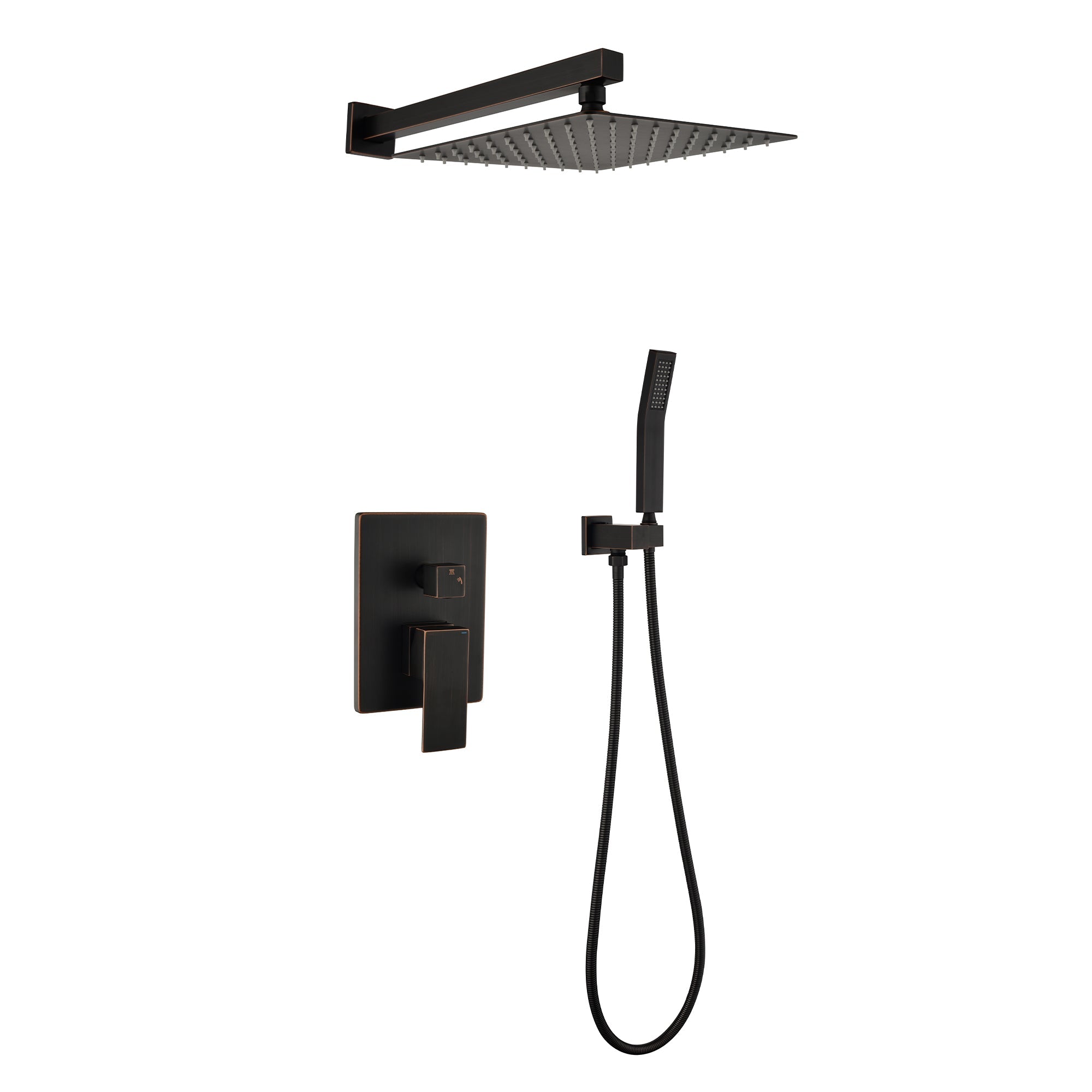



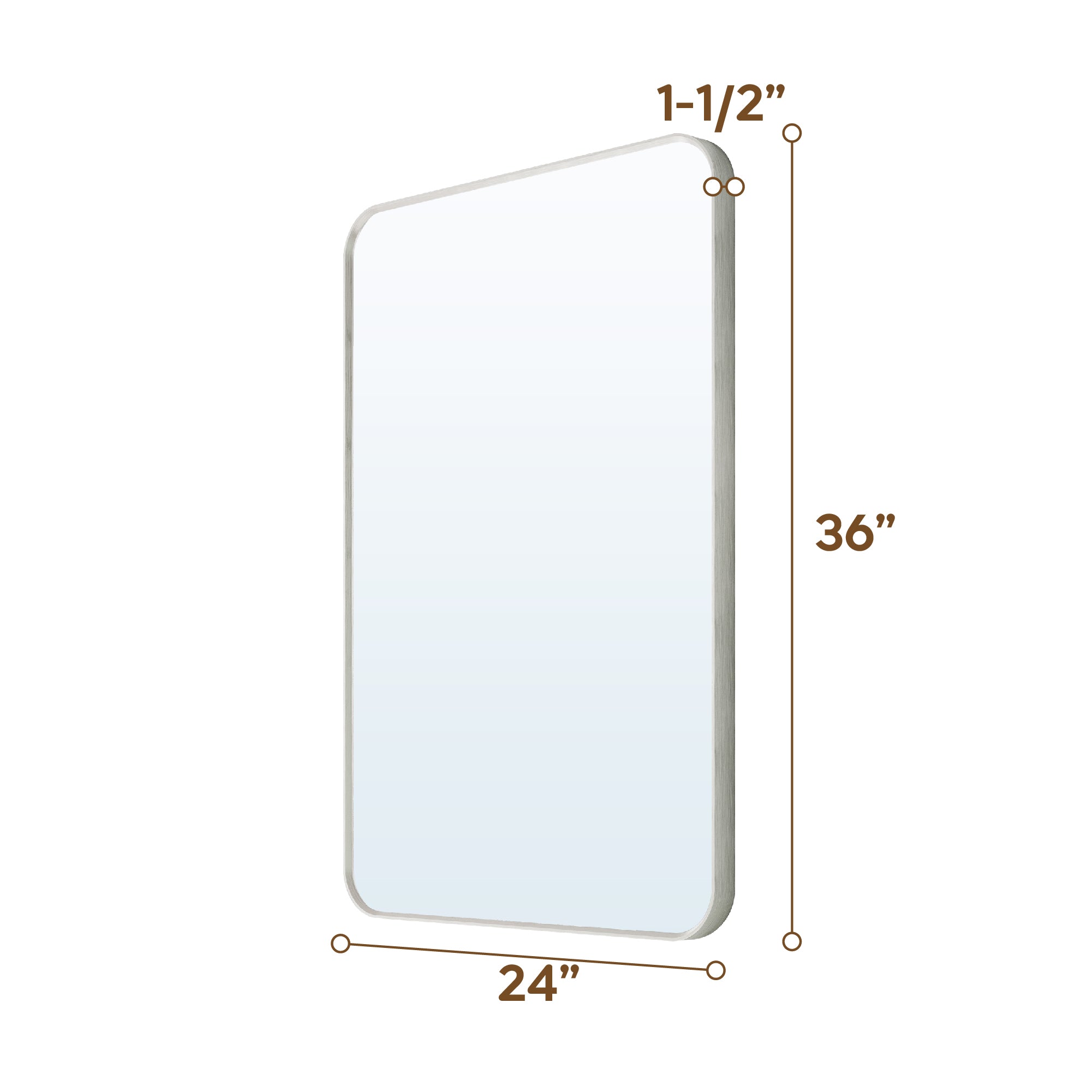
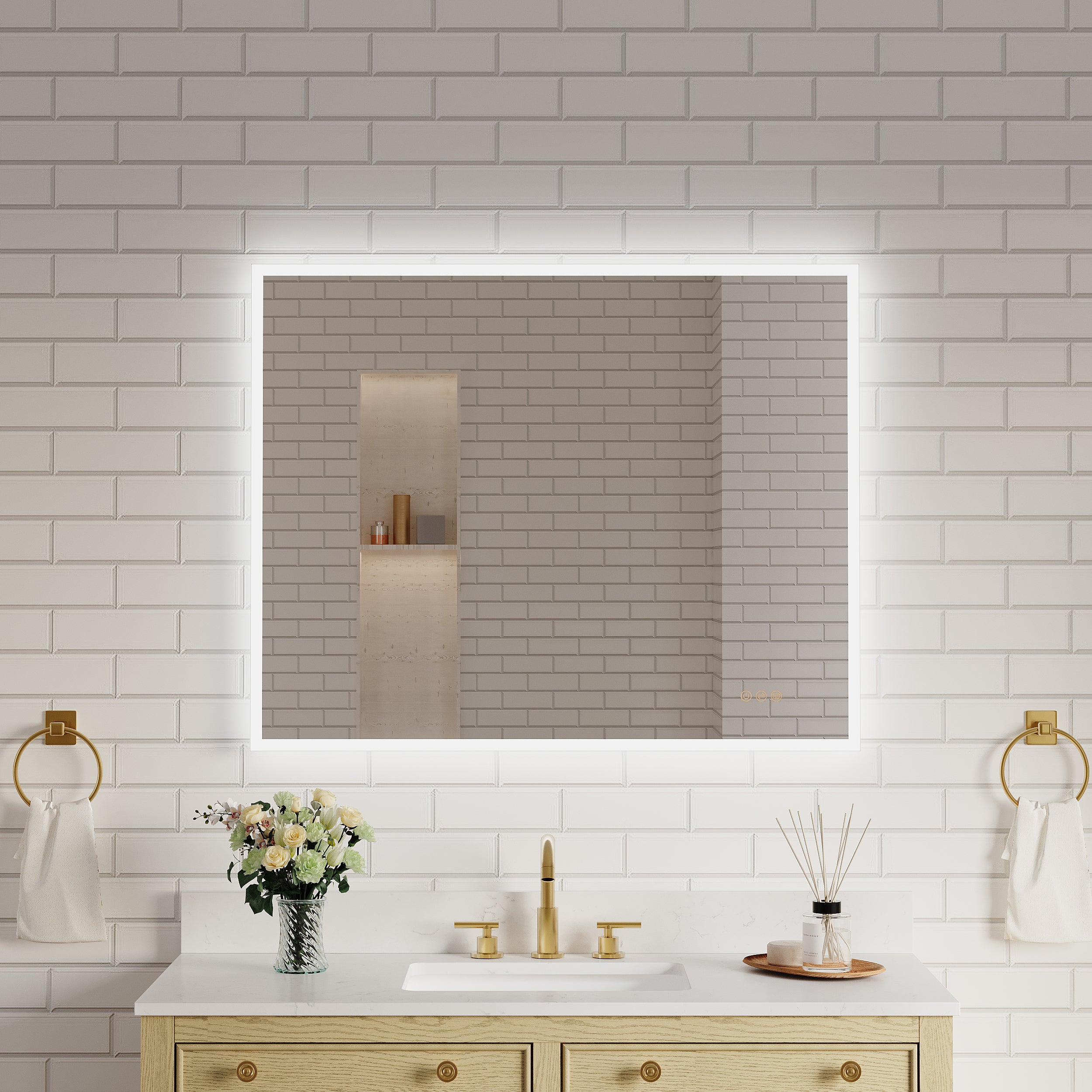
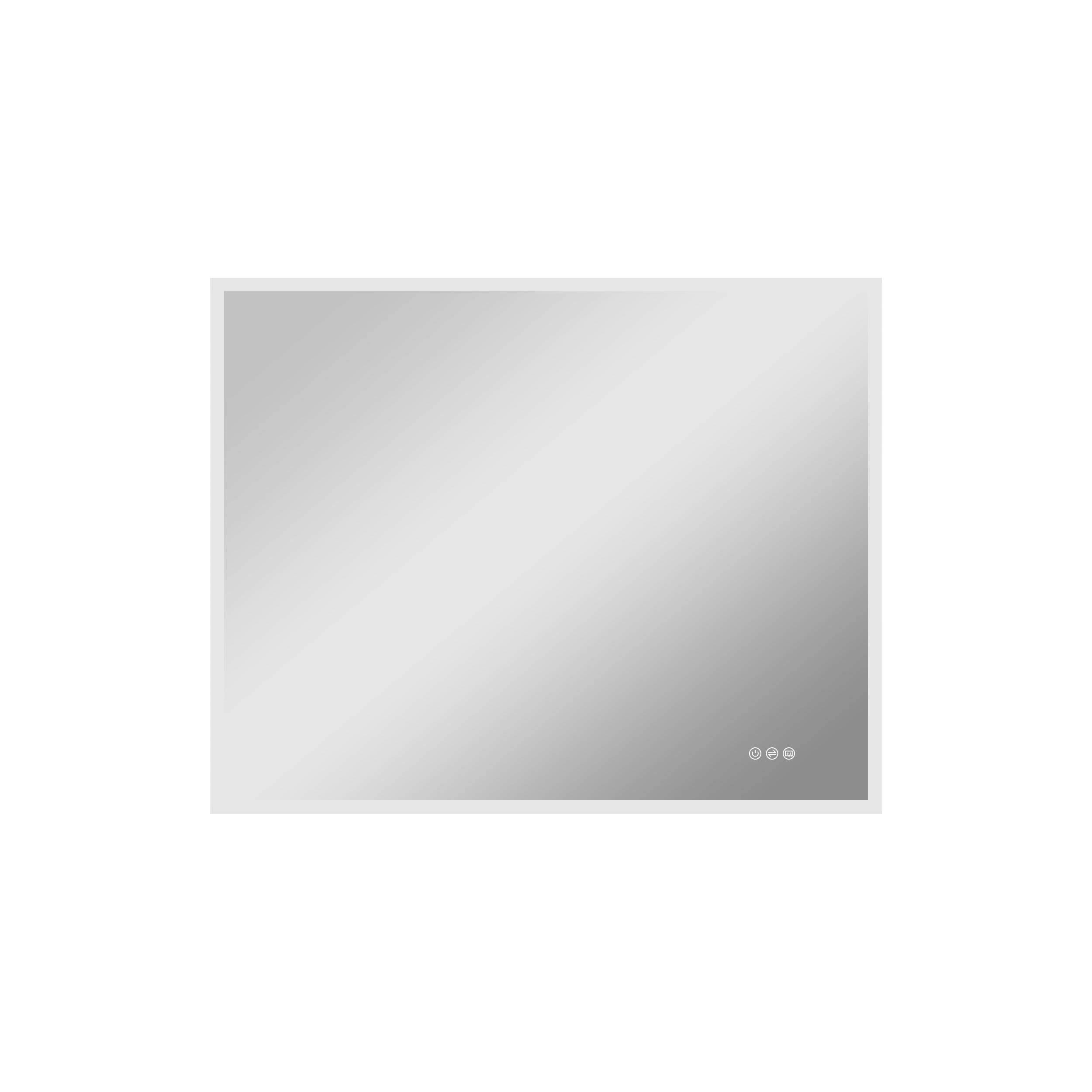


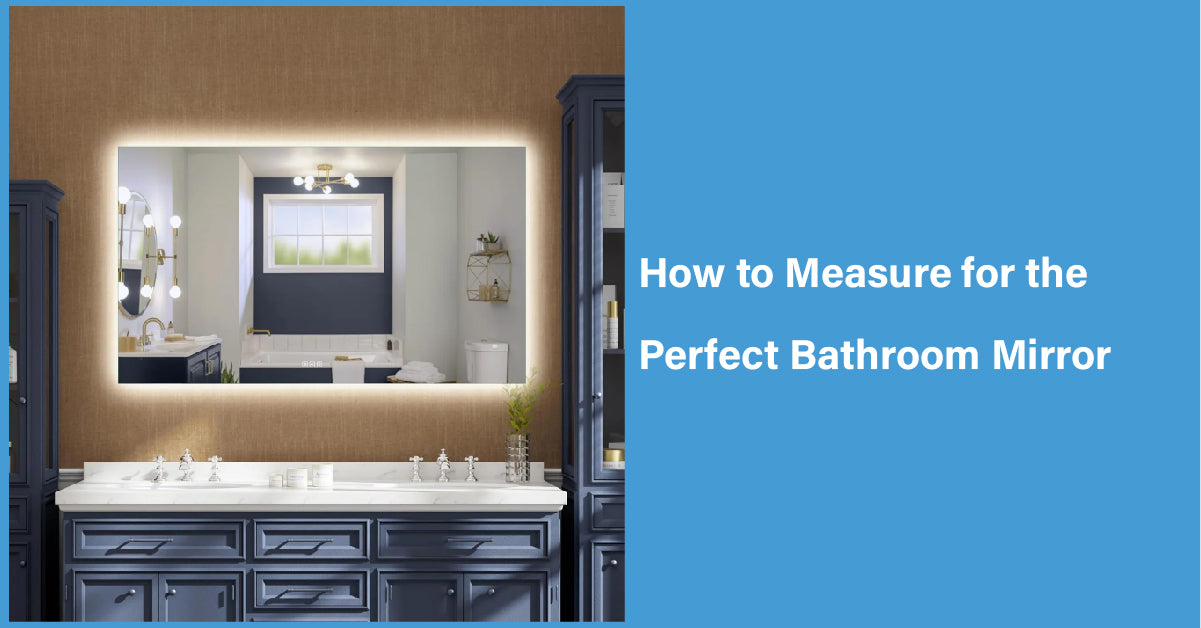

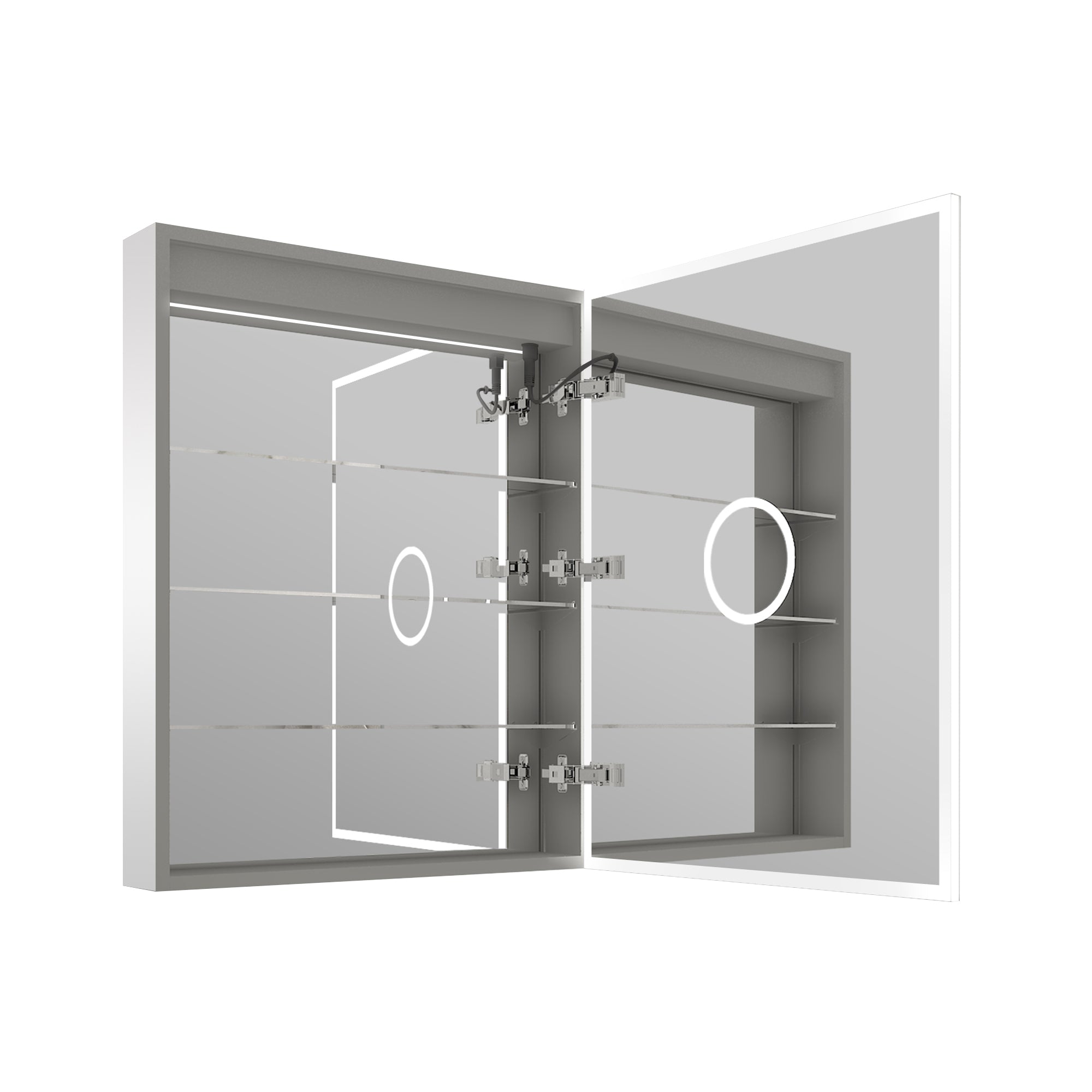
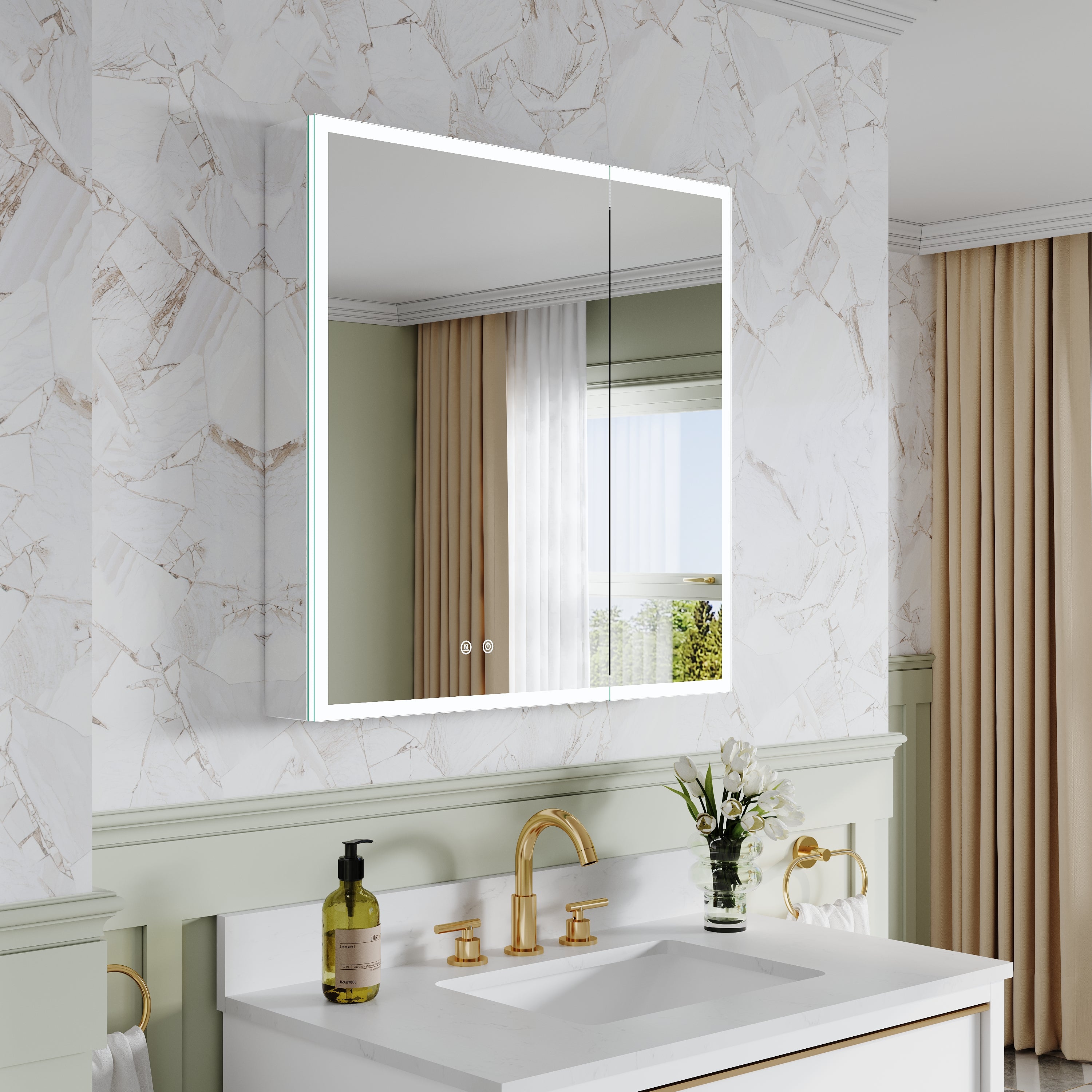



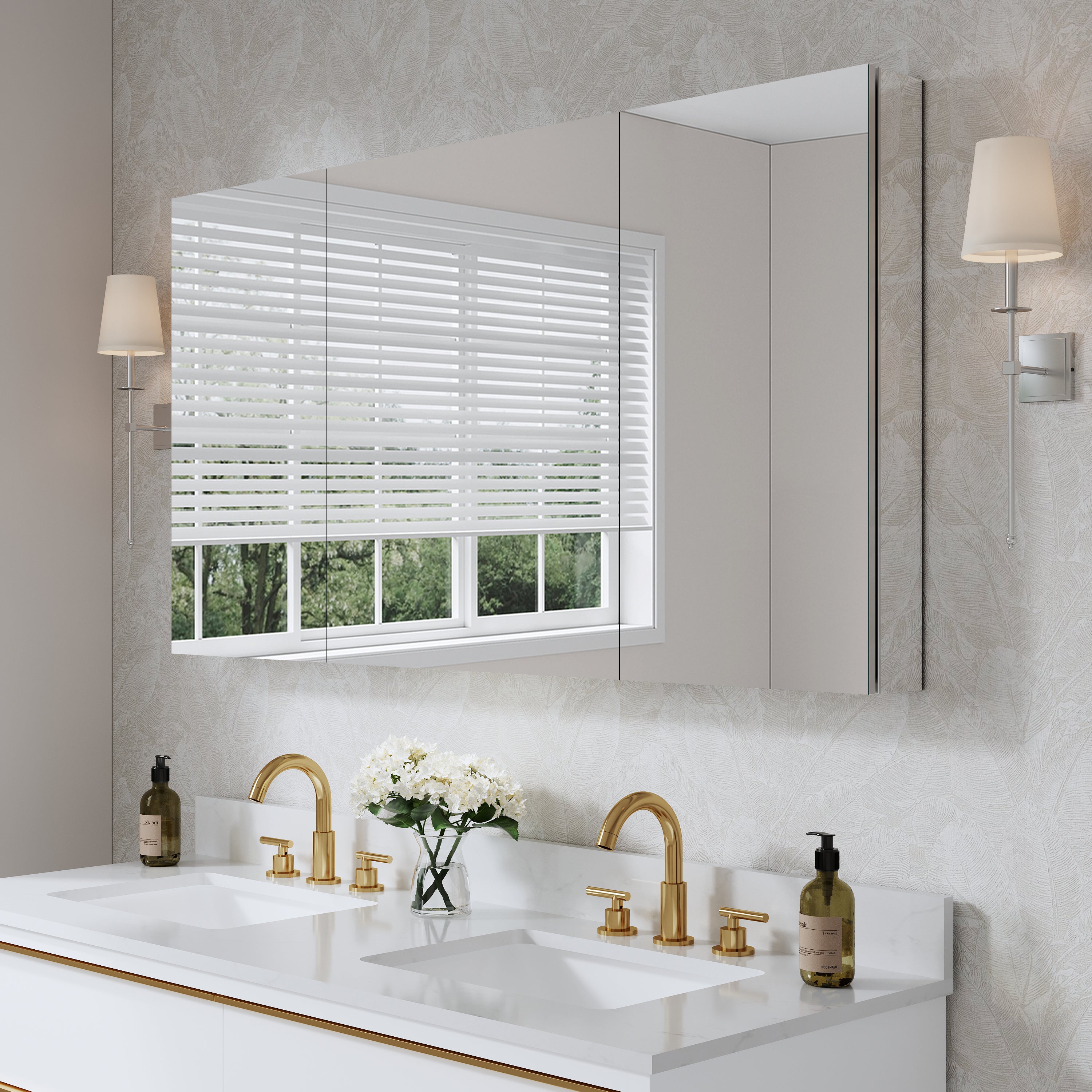



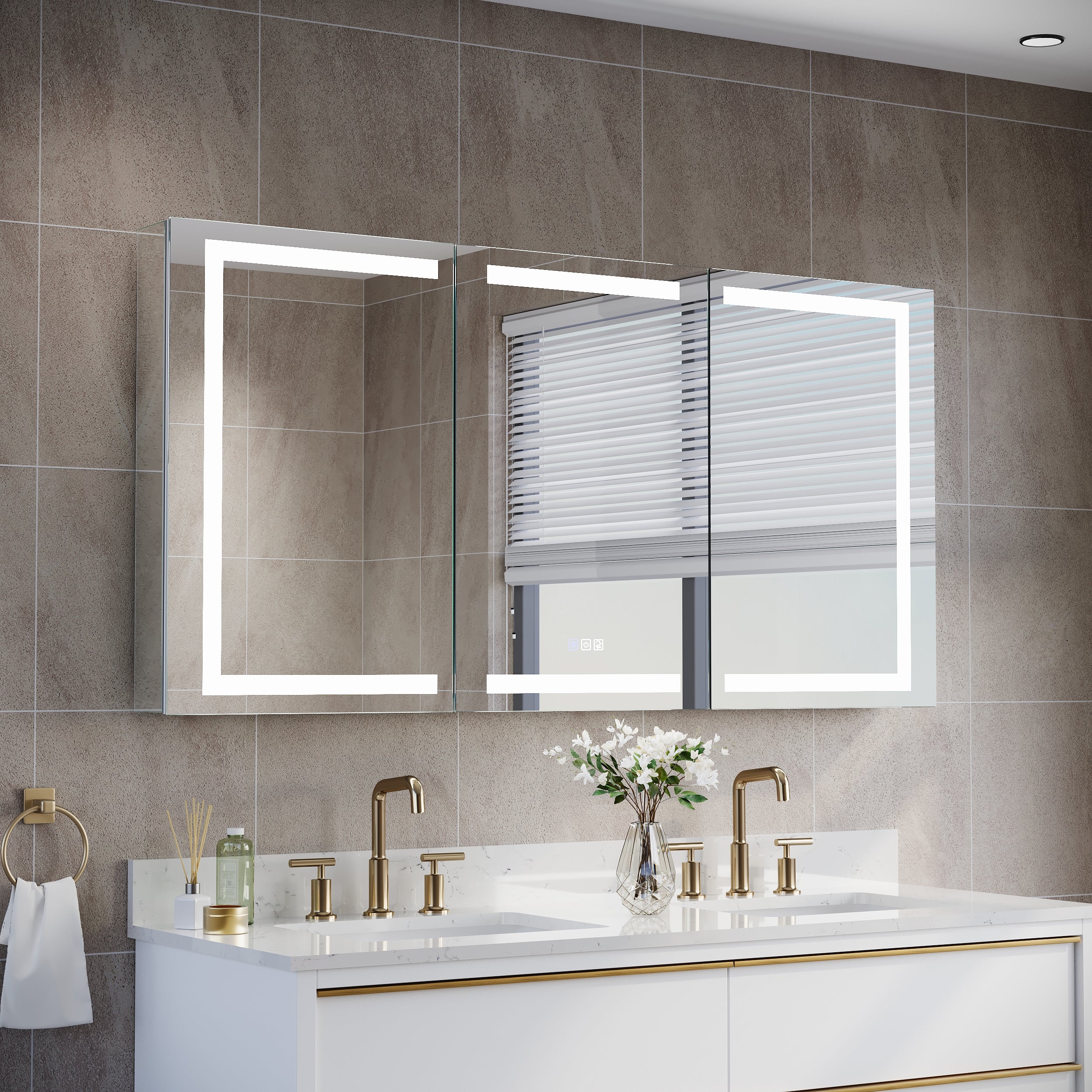



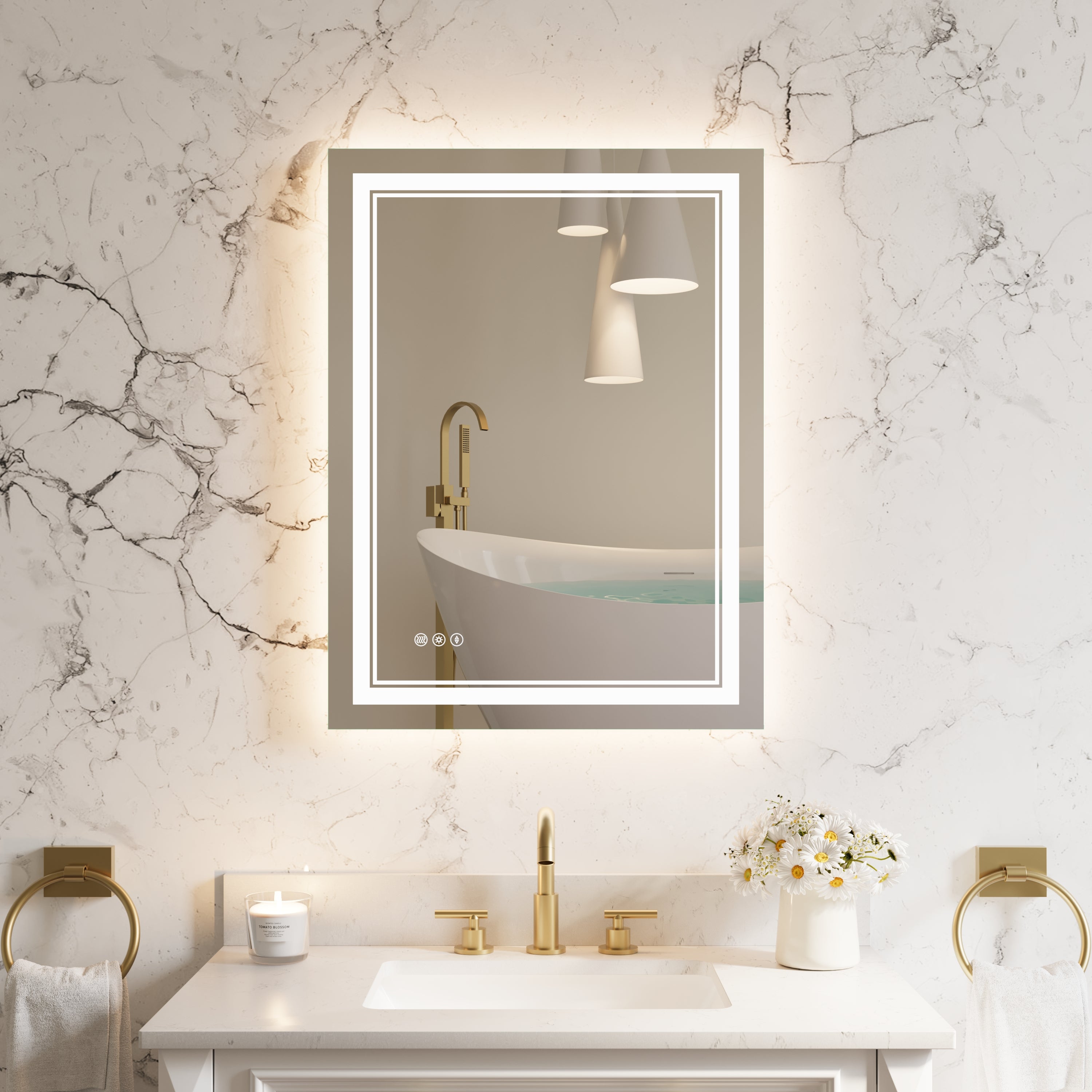








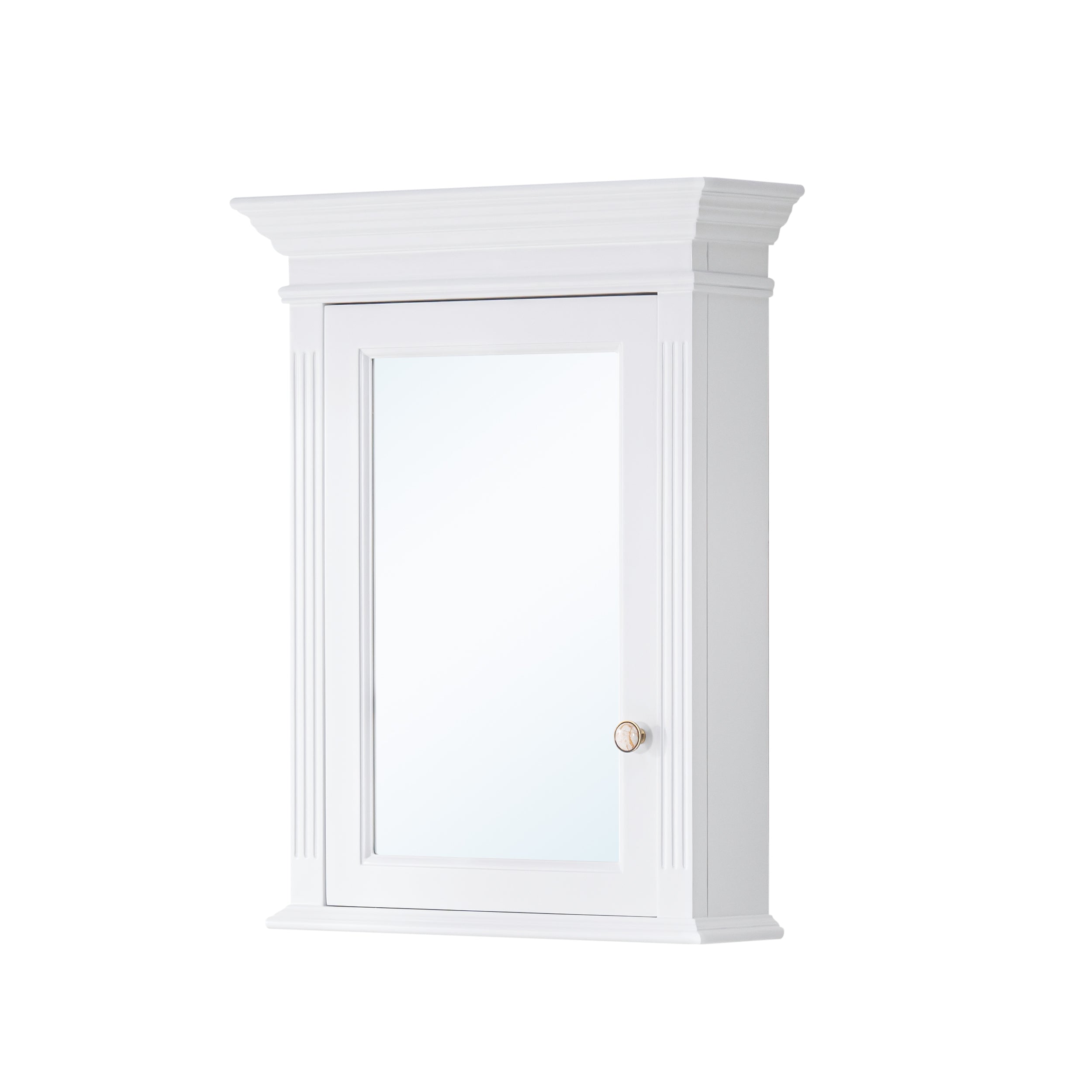
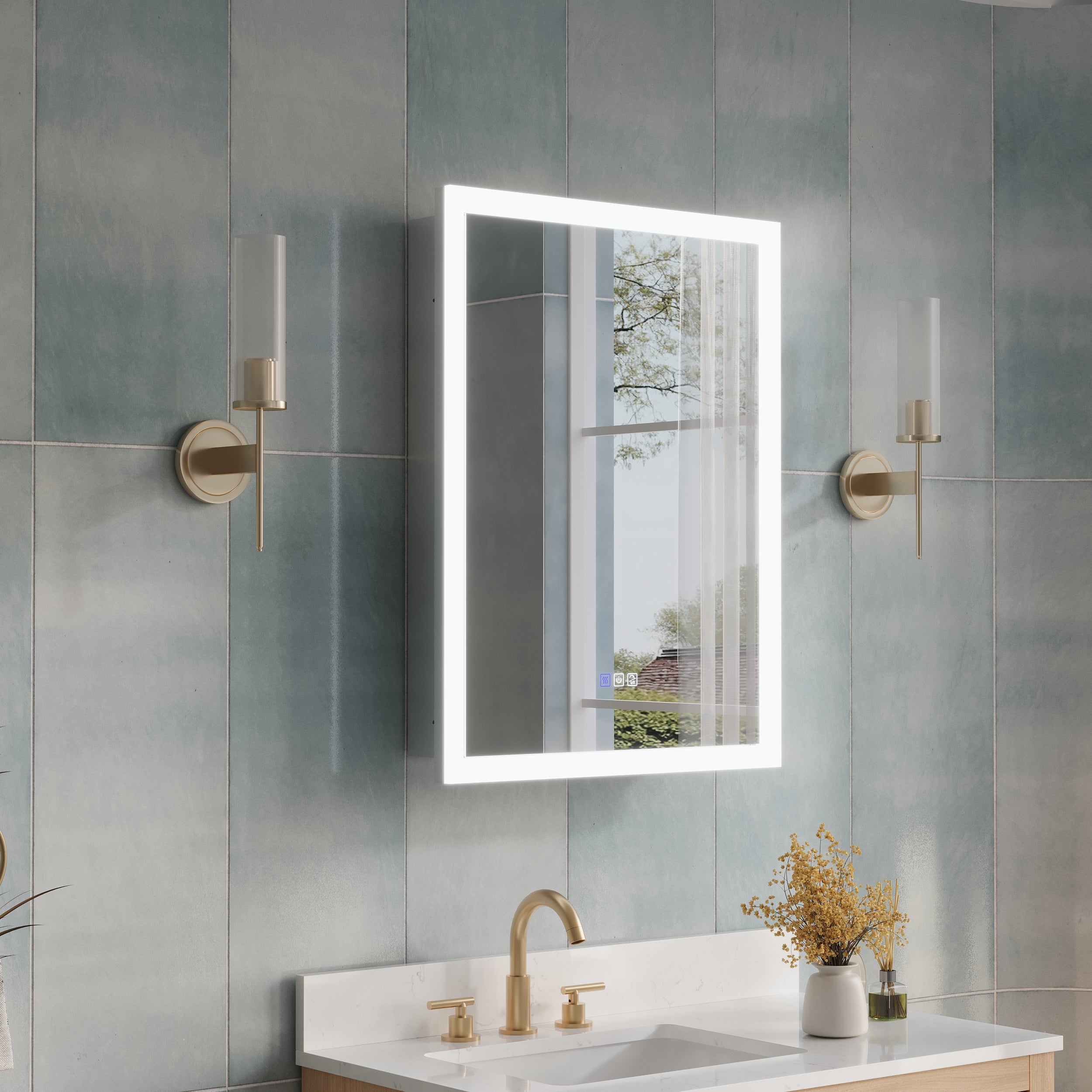
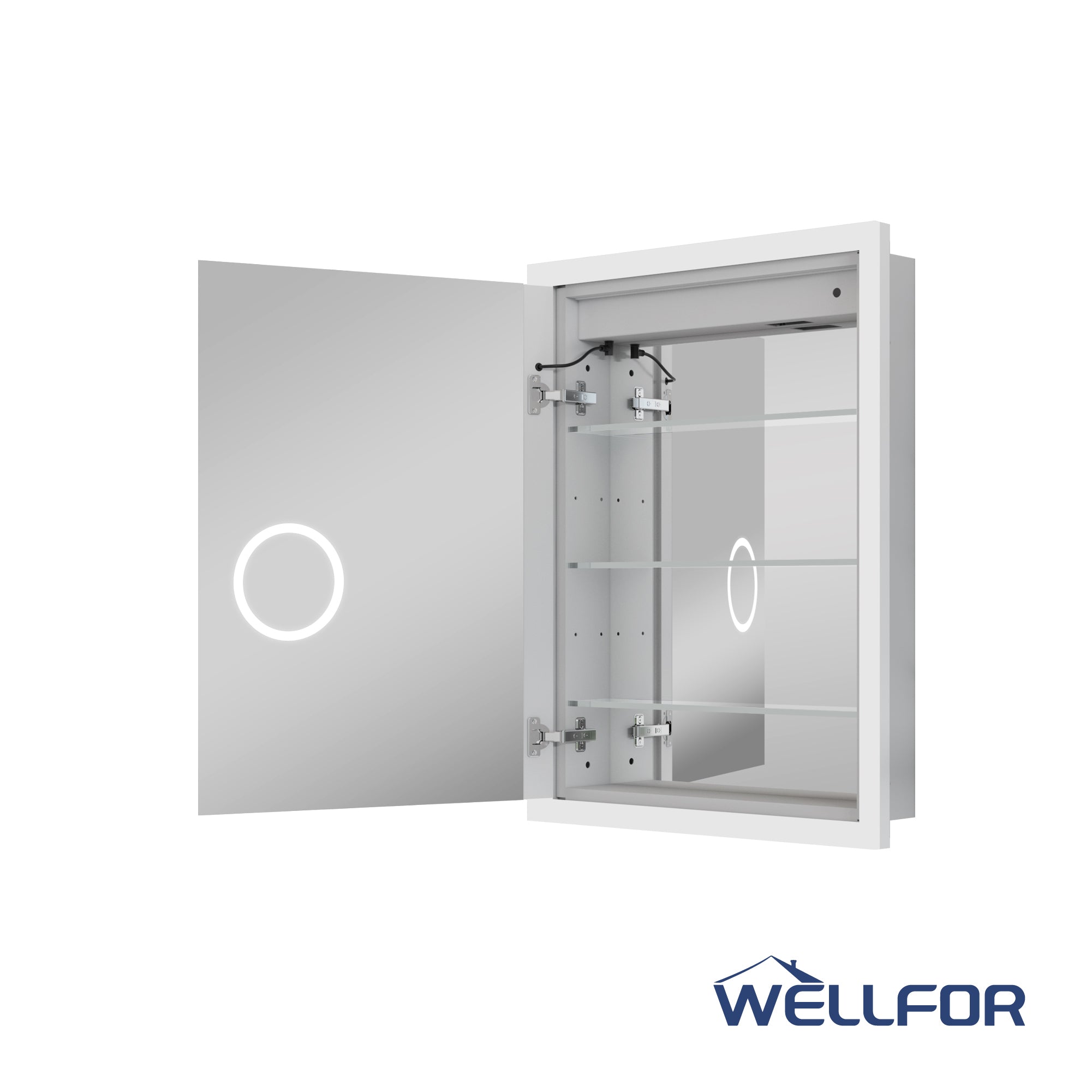
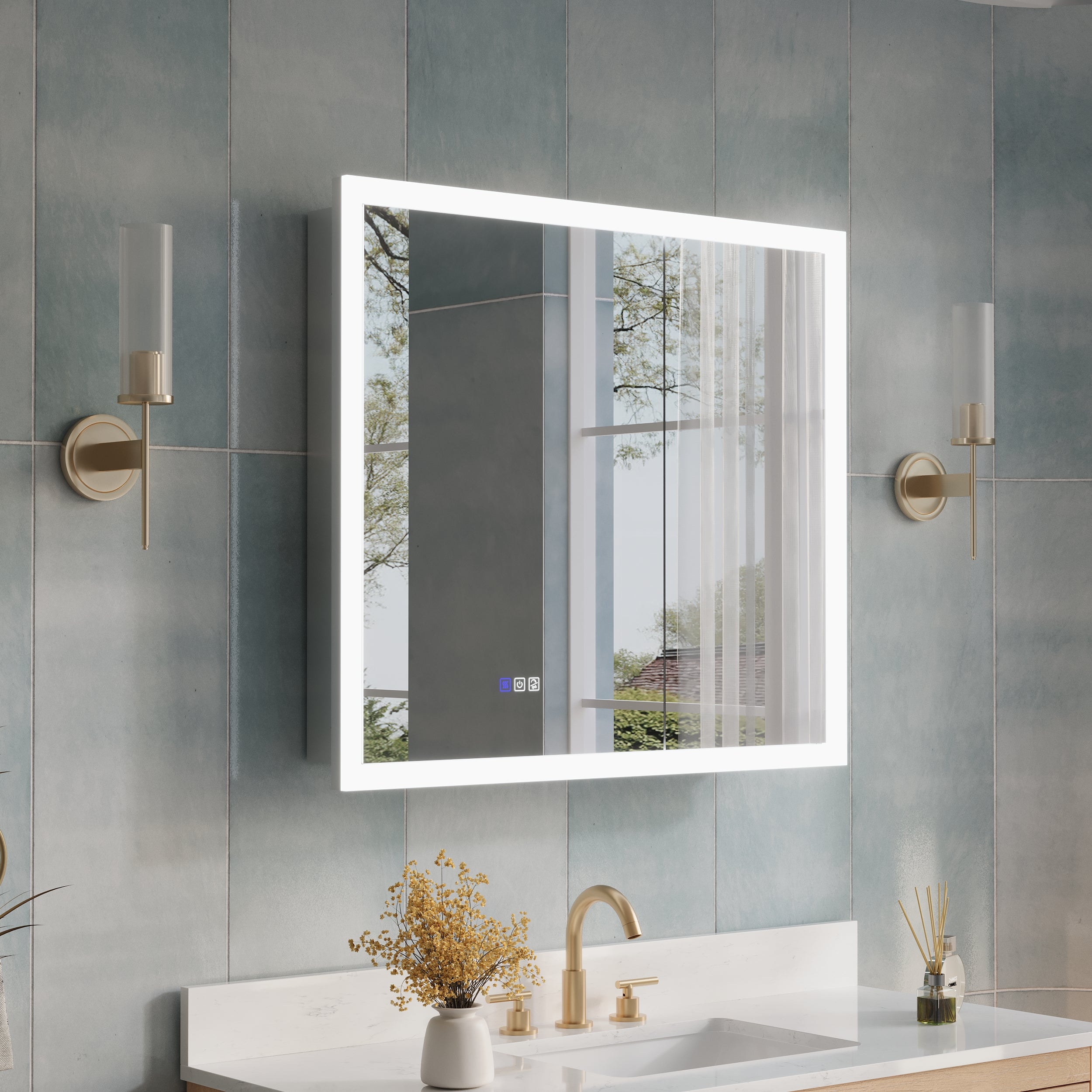

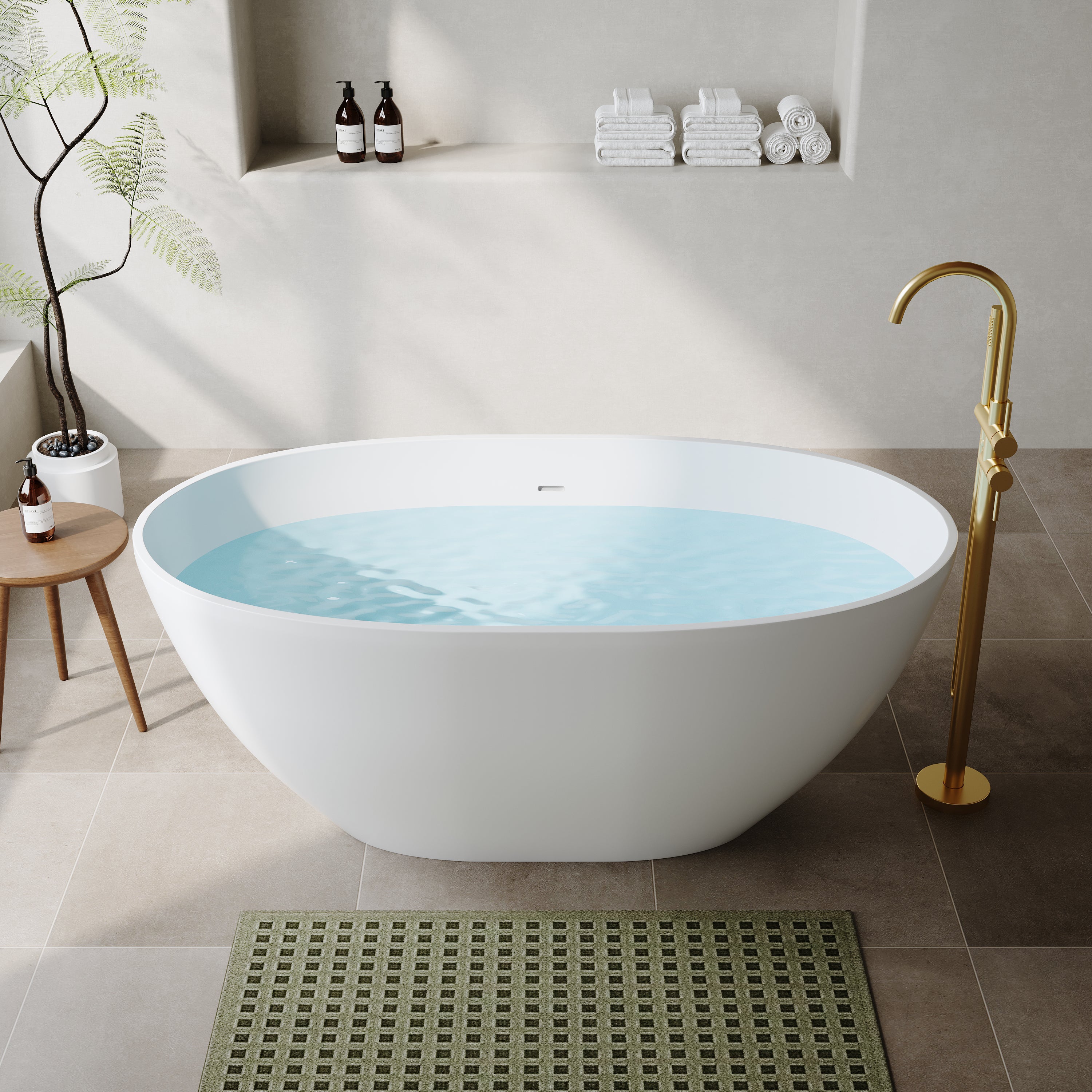




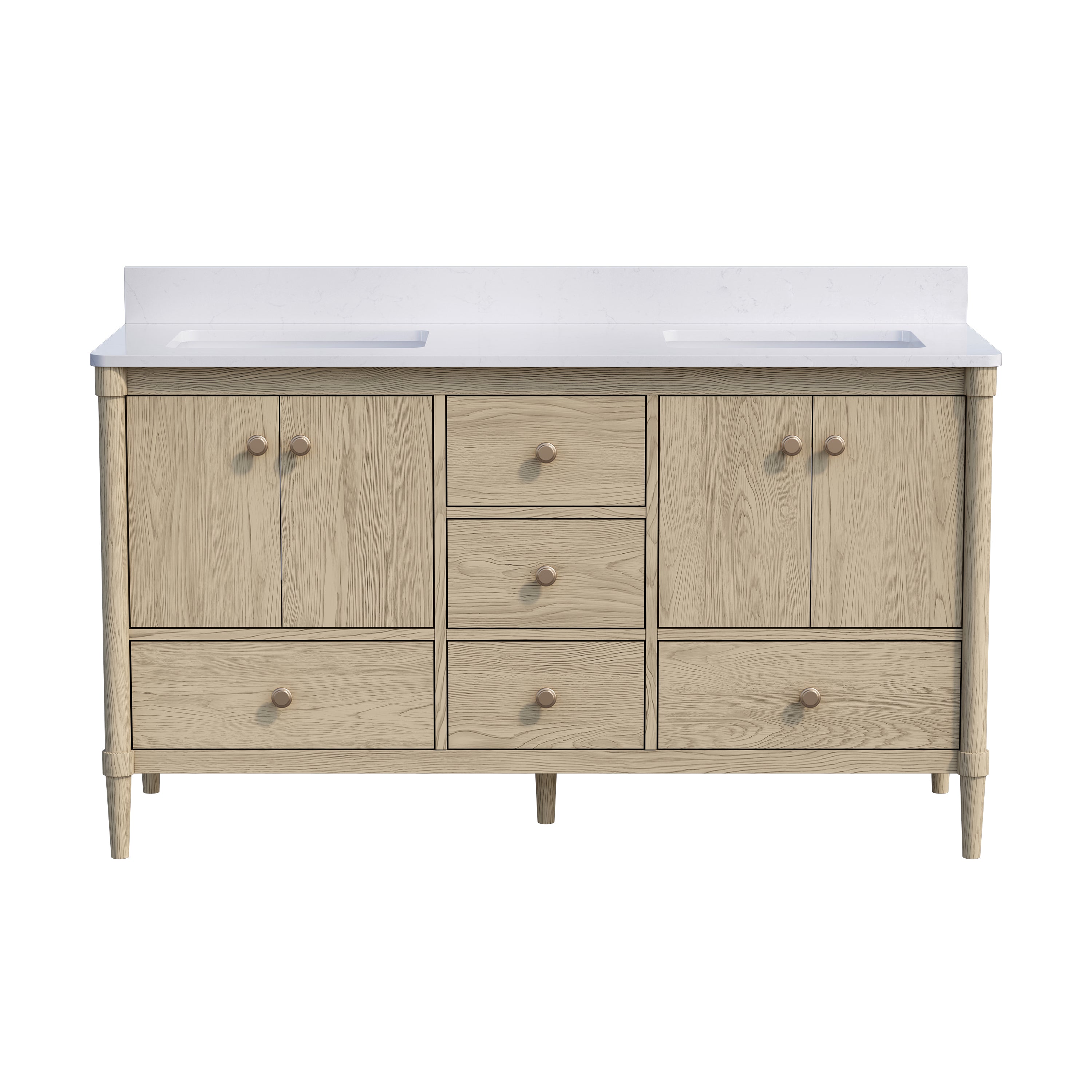
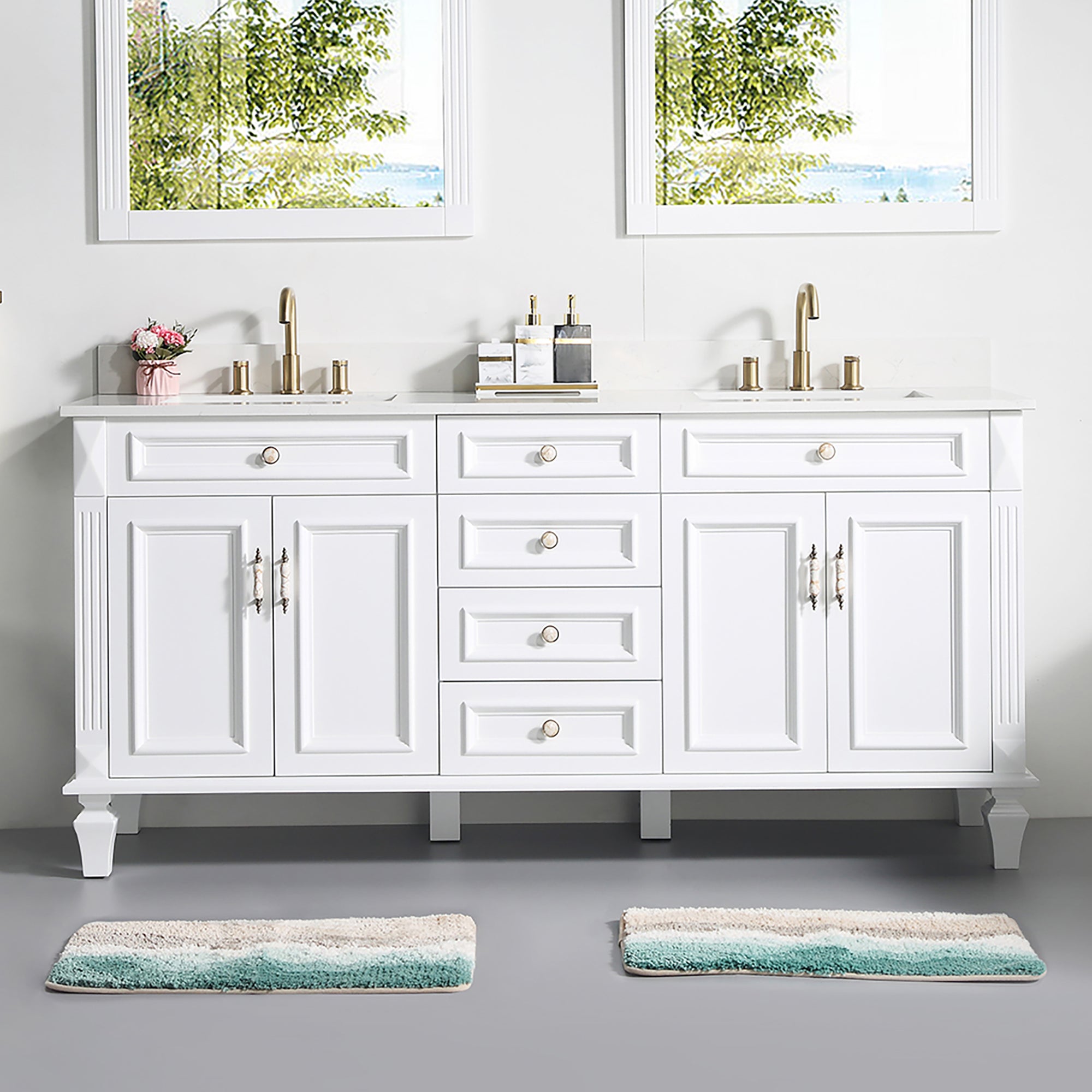
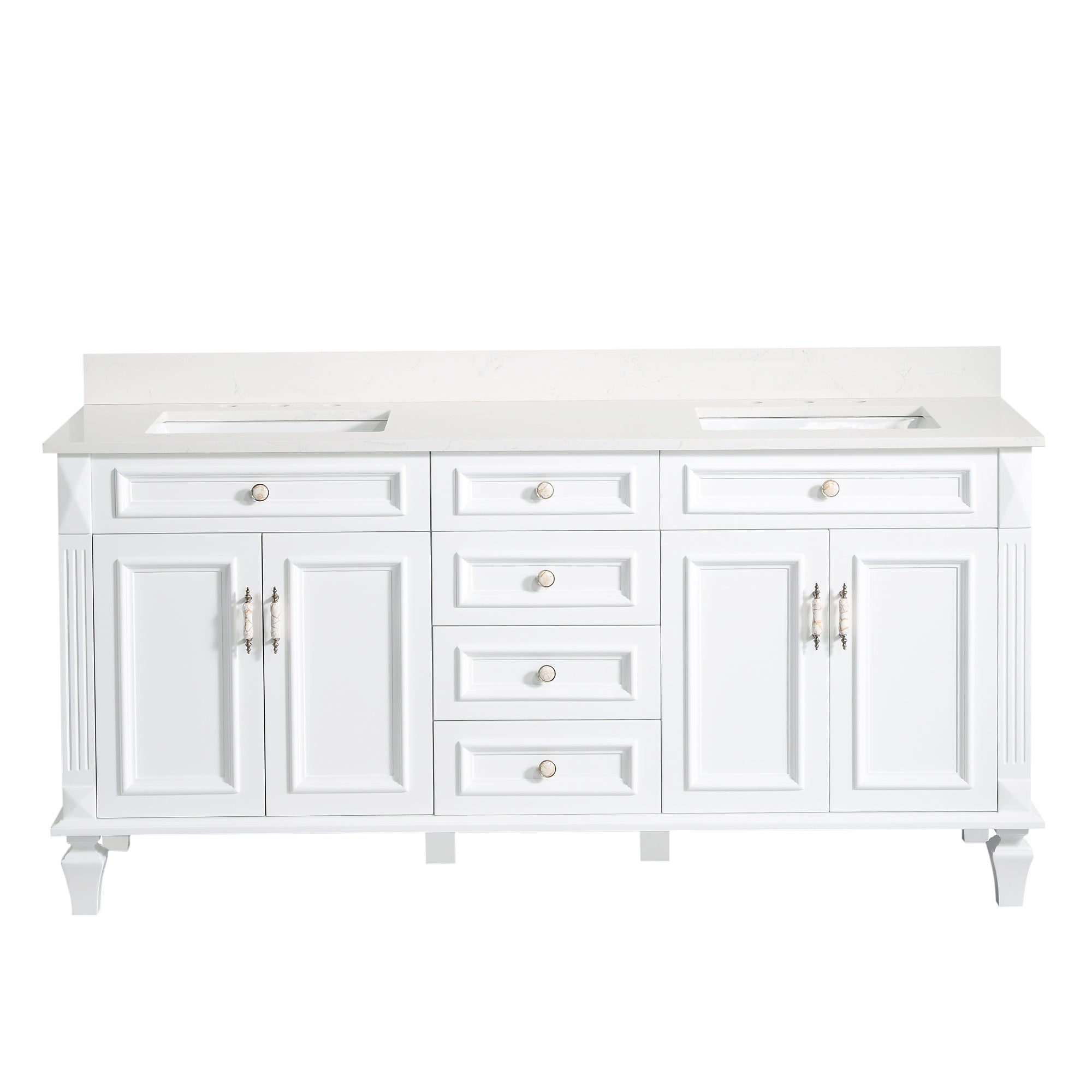
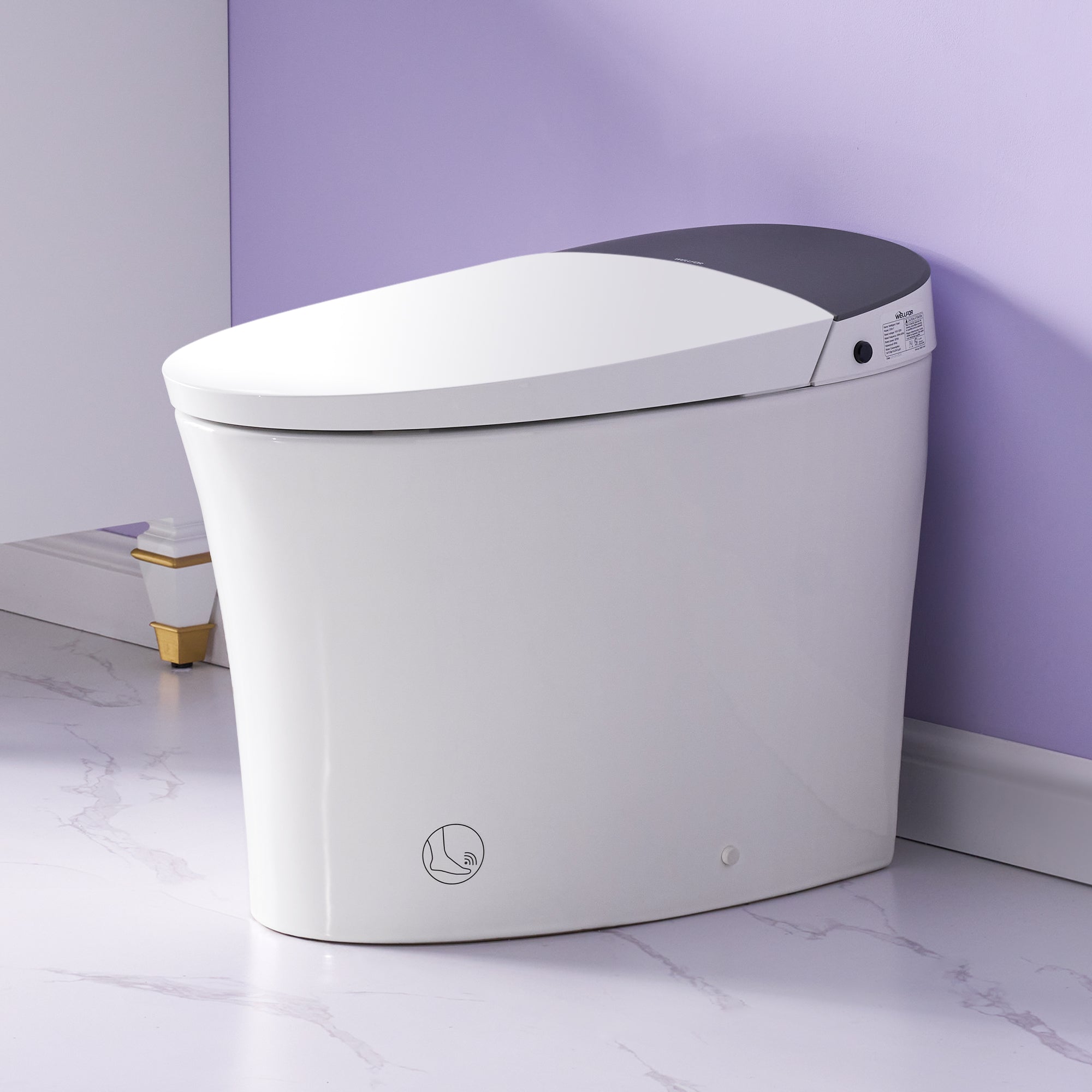
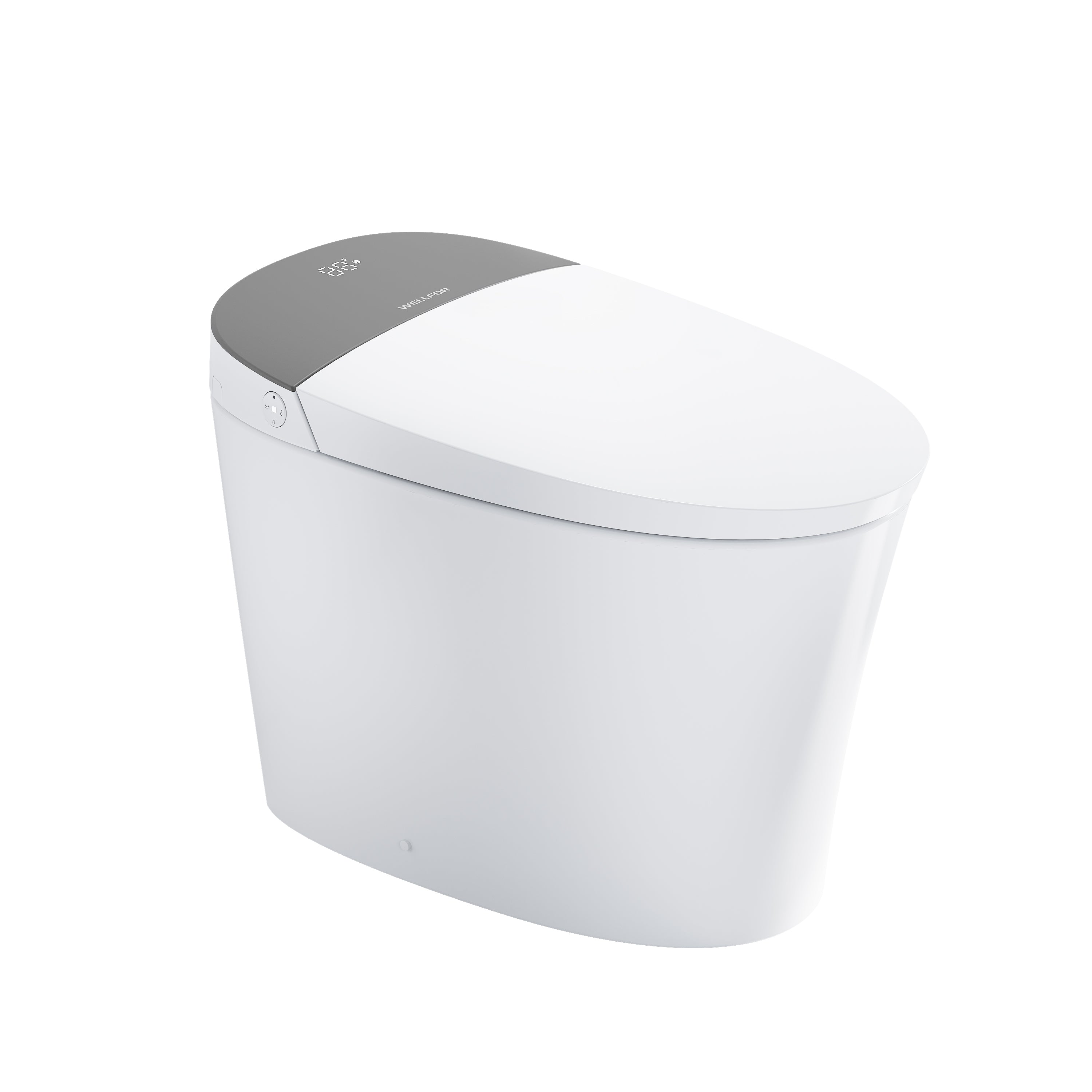

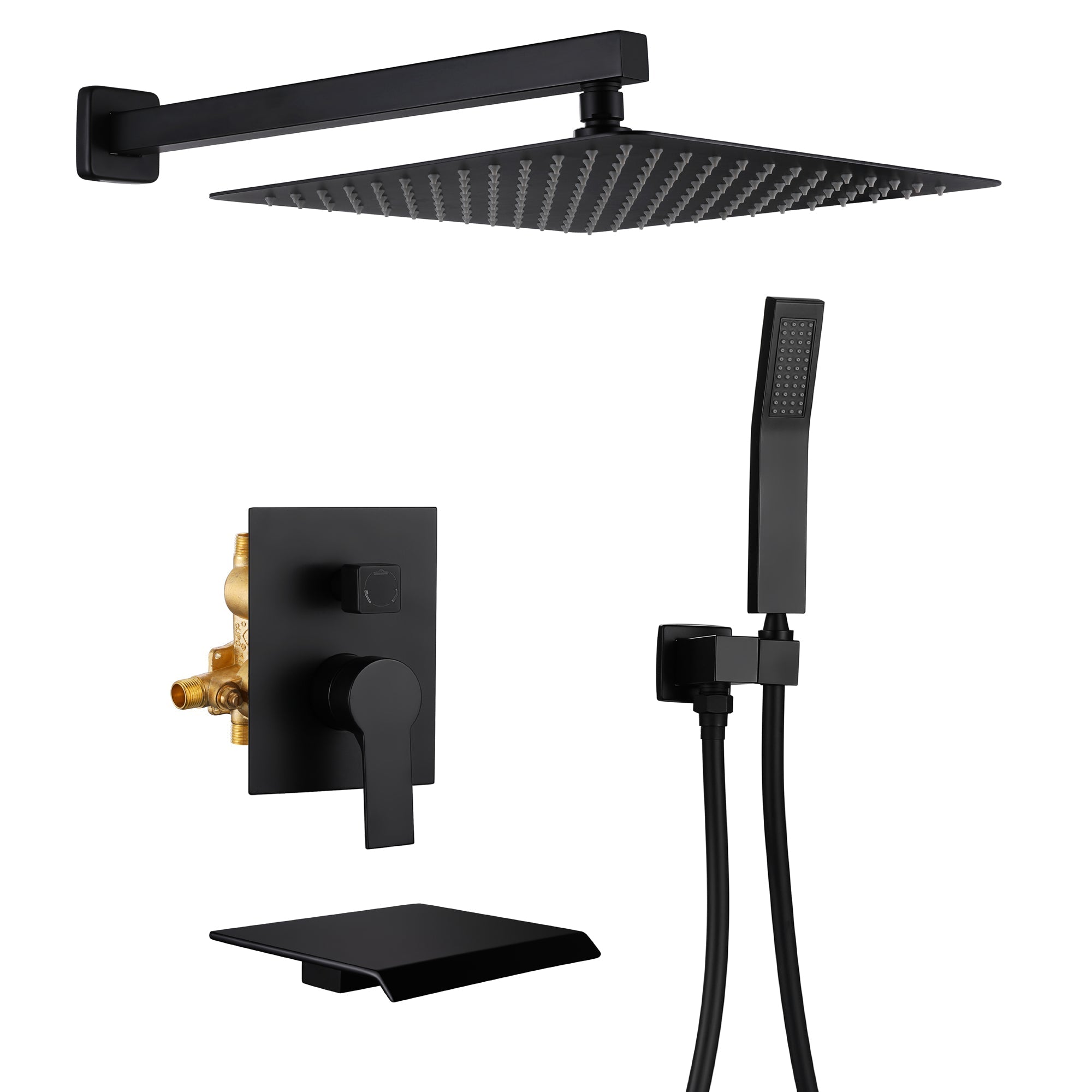
Leave a comment
This site is protected by hCaptcha and the hCaptcha Privacy Policy and Terms of Service apply.